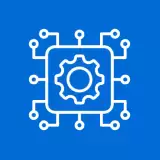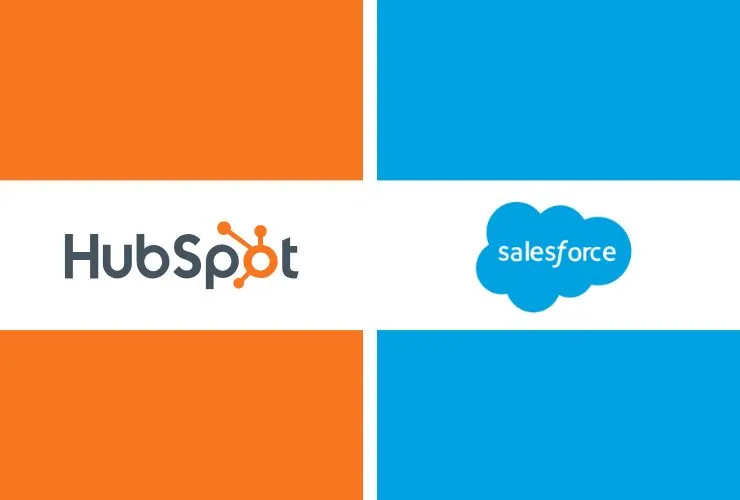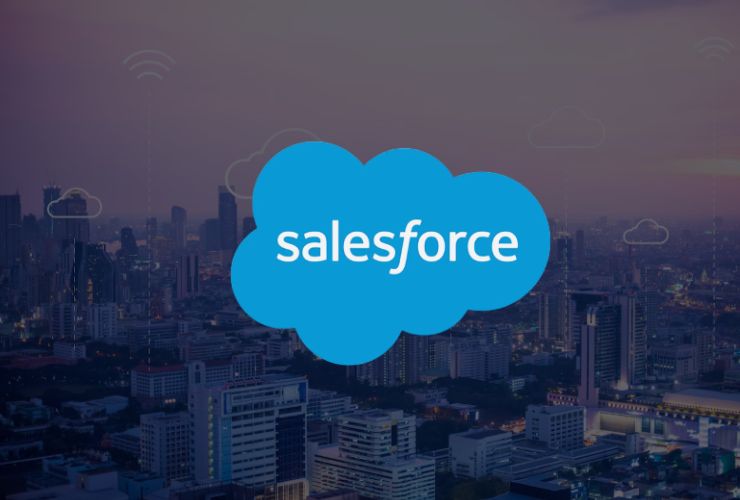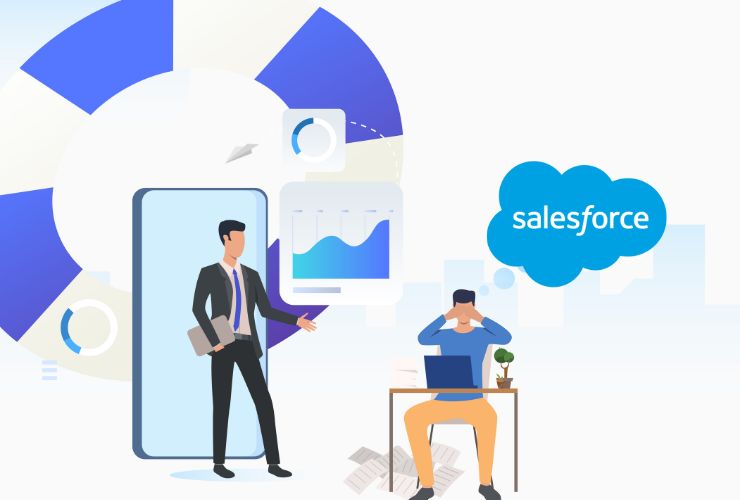Salesforce has emerged as the global leading CRM platform, implemented by organizations of every industry to take control of customer relationships, automate business processes, and improve productivity. One of the very first challenges for a new developer to face in the Salesforce ecosystem is learning to identify the platform’s characteristic terminology.
Understanding key Salesforce terms is essential not only to communicate effectively with admins and fellow developers but also to build scalable, maintainable solutions. In this post, we’ll walk through 10 foundational terms that every Salesforce developer should understand from day one.
1. Apex
Apex is the native Salesforce scripting language, which is Java-based. It is allows developers to write custom business logic by using triggers, classes, and controllers. Apex is used when point-and-click tools like Process Builder or Flow are not sufficient for complex requirements.
It’s designed to run in a multi-tenant environment where several organizations utilize the same infrastructure. That’s why Apex has strict rules (such as governor limits) to ensure that there’s fair utilization of resources by users.
Why it matters: Apex is at the heart of custom development on Salesforce. If you’re building anything complex beyond what declarative tools can do, you’ll be writing Apex.
2. Visualforce
Visualforce is an older technology to build custom user interfaces in Salesforce. It’s a tag-based markup language, similar to HTML, and has Apex controllers to build interactive web pages.
Although Salesforce is moving towards Lightning Web Components (LWC), certain legacy applications still exist with Visualforce, so it’s still necessary to know about it, particularly for maintenance purposes.
Why it matters: You’ll most certainly be working with legacy systems based on Visualforce, and knowledge of it will come in handy in maintaining or porting old apps.
3. Lightning Web Components (LWC)
Lightning Web Components or LWCs are Salesforce’s new approach to creating UI. They’re constructed with fundamental web standards like HTML, CSS, and JavaScript that are easier to learn for developers who are web-savvy.
LWCs are lightweight, fast, and optimized for the Salesforce Lightning Experience. They provide improved performance and encapsulation compared to Aura components.
Why it matters: LWC is now officially the recommended framework to employ when constructing custom user interfaces in Salesforce. It’s a must for contemporary UI development on the platform.
4. SOQL (Salesforce Object Query Language)
SOQL is a query language of Salesforce to fetch data from Salesforce objects. While its syntax is almost the same as SQL, it is tailored specially for the Salesforce data model. SOQL allows you to query records against standard and custom objects, filter, sort, and have relations (with parent-child queries).
Why it matters: Nearly all Apex classes or triggers require data querying. You need to know how to compose good SOQL queries to ensure performance and reliability.
5. Governor Limits
Governor limits are Salesforce limits that ensure performance and reliability on its multi-tenant setup. They limit things such as the number of SOQL queries, DML statements, CPU time, and heap space per transaction.
Outside of these limits, runtime exceptions are provoked that can destroy your application, and hence it’s worth programming with efficiency.
Why it is important: As a developer, it is vital that you adhere to these limitations in order to create scalable and maintainable applications.
6. Triggers
A Trigger is an Apex script that runs before or after some specific data manipulation action (e.g., insert, update, delete) on some Salesforce object.
Triggers enable you to enforce complex business rules at the database level. Sending an e-mail or modifying corresponding records when given conditions are fulfilled is one of the ways in which you can use triggers.
Why it is important: Triggers give you low-level control over data modification, and developing good, bulk-safe triggers is a fundamental development skill.
7. Objects (Standard and Custom)
Salesforce Objects are the data storage foundation. There are pre-built objects like Account, Contact, and Opportunity that are standard. Custom objects are defined by users or developers to store specific business data.
Every object has fields (columns) and records (rows) like a table in a relational database.
Why it matters: Mapping data into objects is critical to having successful Salesforce applications.
8. Flow and Process Builder
Flow and Process Builder are declarative technologies applied to automate business processes in a non-coding manner. Flows are stronger and more flexible since they can manage screen interactions, intricate logic, and user input. Process Builder is easier but is in the process of being retired to be replaced by Flow.
Why it matters: Knowing when and how to leverage automation tools makes it simpler to reduce the amount of code needed, making it faster and easier to maintain.
9. Sandbox
Sandbox is a replica of your Salesforce environment for development, testing, and training. Salesforce offers various sandbox types (Developer, Developer Pro, Partial Copy, Full) of various data capacity and refresh time.
You can build and experiment safely in a sandbox without compromising data or disrupting functionality in your live environment.
Why it matters: Sandboxing avoids live system bugs and is a best practice for any project life cycle.
10. AppExchange
AppExchange is Salesforce’s marketplace for apps, pieces, and consulting services. Businesses and developers may list solutions that extend the features of Salesforce. DocuSign, Conga, and FormAssembly are three widely used products found here.
Why it matters: AppExchange allows you to discover pre-built solutions, bring third-party tools into the platform, or even monetize your own apps as a Salesforce ISV partner.
Conclusion
Learning these 10 key terms is the beginning of your journey in becoming an effective Salesforce developer. Whether you’re developing your first project or wish to get certified, knowing the words will make you learn quicker, prevent typical errors, and make you converse better with other people.
Salesforce development is a rewarding career path with a strong community, constant innovation, and endless learning opportunities. Start with these terms, and you’ll be on your way to mastering the platform.












